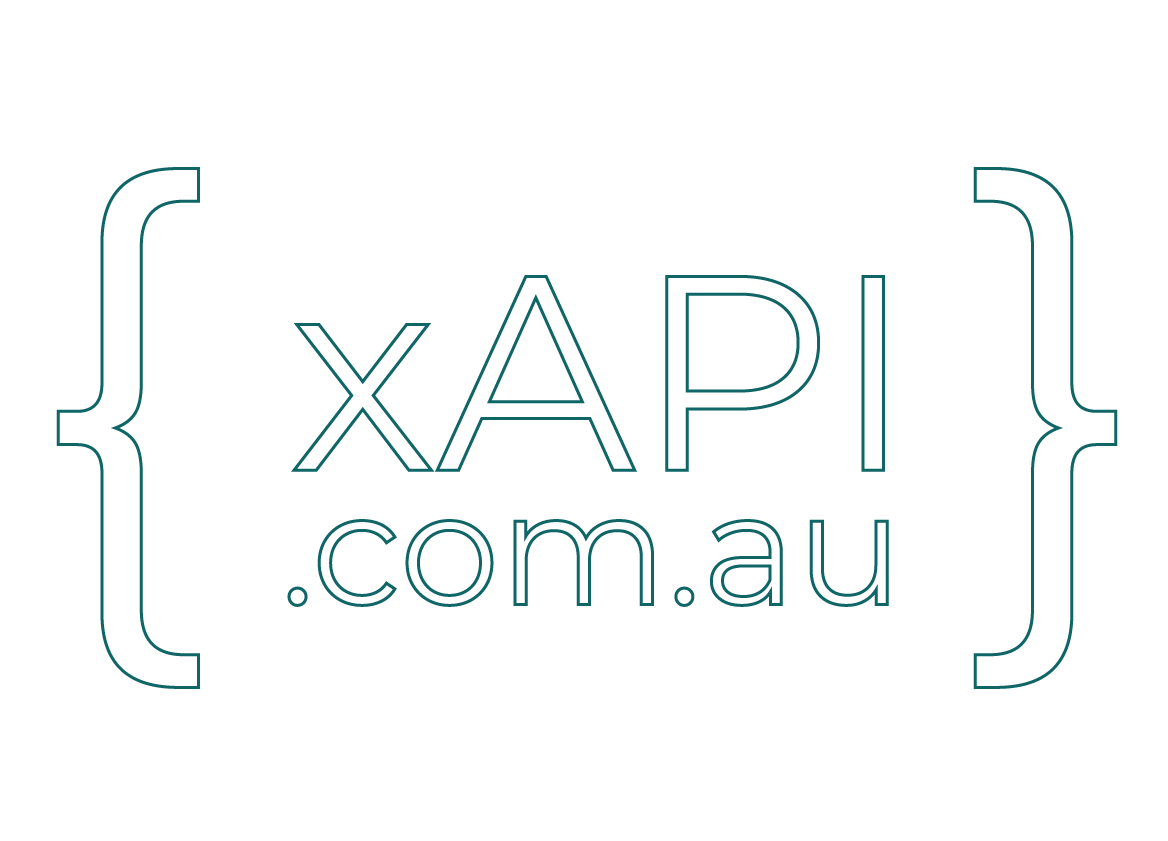
At a recent networking event and a conversation with a new connection, a disucssion was had around small busniess and using xAPI. This may me think about:
“Is xAPI really something small businesses can use — or is it just another enterprise solution?”
It’s a fair question. Most of the conversations around xAPI seem to revolve around complex LMS integrations, large-scale or enterprise reporting requirements, and government-funded frameworks. But the more I thought about it, the clearer it became: this conversation needs to be had.
As someone who’s worked across both ends of the spectrum — from local training providers to enterprise organisations — I’ve seen how digital learning strategies unfold very differently depending on size. But here’s the twist: xAPI works in both worlds.
So… is there really a difference between small business and enterprise when it comes to digital learning and xAPI?
Yes. And no.
Let’s break it down.
Common Ground: The Same Goals, the Same Standards
Whether you’re a sole operator running short courses or an L&D lead inside a national organisation, the underlying goals are usually the same:
- Deliver effective learning experiences.
- Understand what learners are doing and achieving.
- Prove impact — to clients, to regulators, or internally.
This is where xAPI (Experience API) comes in. It’s an open standard designed to track learning experiences wherever they happen — not just inside a traditional LMS. Watching a video, doing a hands-on task, submitting a photo or reflecting on an experience? All of that can be tracked, analysed, and used to improve outcomes.
It’s the same core standard whether you’re tracking 30 learners or 30,000.
The Enterprise Reality: Scale, Complexity, and Caution
In enterprise settings, digital learning tends to operate inside more complex ecosystems:
- Multiple learning platforms or legacy LMSs.
- Heavy governance and compliance requirements.
- Internal IT policies and procurement processes.
- Often siloed teams or slow change cycles.
Rolling out xAPI here usually means:
- Mapping legacy systems to new data flows.
- Working through change management with multiple stakeholders.
- Navigating data security and privacy at scale.
Even if the desire to innovate is strong, the pathway to using xAPI can be long and resource-intensive. But once it’s in place, it opens up rich data possibilities across large learner populations.
The Small Business Advantage: Agility and Clean Starts
In contrast, small businesses and training providers often enjoy the one thing enterprise wishes it had: agility.
Without decades-old systems or restrictive vendor contracts, smaller teams can:
- Adopt xAPI-ready tools quickly.
- Experiment with modular, decentralised learning ecosystems.
- Use open-source platforms like Learning Locker or simple cloud-based LRSs.
- Leverage no-code tools like Zapier to automate reporting and feedback.
- Integrate AI and LLMs into learning data pipelines without months of red tape.
In many cases, small businesses can leapfrog the traditional LMS model altogether — designing learning that happens in the flow of work, and capturing it with xAPI from day one.
Where xAPI Levels the Playing Field
Here’s the thing: xAPI doesn’t care how big your organisation is.
It cares about activities and outcomes.
It’s about capturing learning wherever it happens, whether that’s:
- A classroom-based simulation.
- A Zoom or Teams workshop.
- A mobile app.
- A 5-minute micro-module in Articulate Rise.
- A learner uploading a video assessment from the field.
If you’ve got an LRS (Learning Record Store) and a few well-structured activities, you can start capturing meaningful learning data — no LMS required.
I’ve worked with:
- A regional community college capturing in-person assessments and feedback via audio, then using xAPI to track it all.
- A micro-training provider connecting xAPI-enabled content to our Remote Reviewer tool to support remote assessor workflows.
- A one-person business generating auto-reports from learning data using xAPI and ChatGPT.
All of them had a different size and scale — but the same desire to understand, improve and show what learning looked like.
So… Is There a Difference?
Yes — but it’s not in the tech.
It’s in the mindset.
Enterprise often has to work through complexity to modernise.
Small business often has the freedom to start fresh and build the ecosystem they want.
But xAPI works beautifully for both — because it’s flexible, open, and designed for interoperability. It’s the standard that allows small providers to punch above their weight — and helps big systems become more learner-centred and agile.
At the end of the day, it’s not about budget. It’s about intention.
And whether you’re a sole trader or a national training provider, if you’re ready to think outside the LMS, xAPI is already waiting for you.
Let’s Talk
Curious how xAPI could support your learning programs — whether you’re big, small, or somewhere in between? Let’s have a conversation.
Written in collaboration with AI
